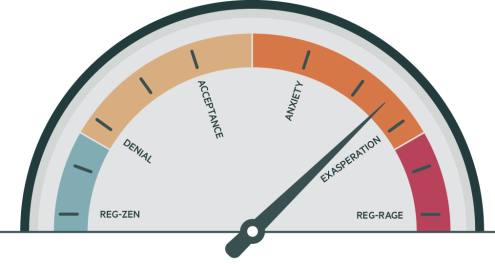Banks in developed Asian economies are increasingly looking to acquire stakes and broaden their franchises in emerging economies around the region, as they contend with saturated local markets, low interest rates and constrained domestic growth prospects.
Leading banks in Japan, South Korea and Singapore have stepped up their offshore expansion strategies over the past few years, according to the report ‘APAC banks’ offshore investments: driven by search for profitability’ by Fitch Ratings. This has taken different forms: some banks have merged with local lenders and became wholly owned subsidiaries focusing on corporate banking, while others have acquired consumer banking and leasing businesses.
These overseas markets offer better growth opportunities, but also higher margins
“Emerging markets — such as Indonesia, Vietnam and India — have higher average gross domestic product growth rates, higher population growth and burgeoning middle classes,” says David Wong, head of north Asia banks at Fitch Ratings. “There is demand for traditional banking services, such as credit cards, personal loans and mortgages, as well as opportunities for wealth management services in the future.
“These overseas markets offer better growth opportunities, but also higher margins. It’s an important point because when a bank goes into a higher margin business, the risks are also higher.”
Singapore banks’ wealth push
Of the three countries, Singapore’s major banks — DBS Bank, Oversea-Chinese Banking Corporation (OCBC) and United Overseas Bank (UOB) — have the highest proportion of offshore exposure as a percentage of the total loans at about 54%, according to Fitch.
Singaporean banks have typically focused on expanding into neighbouring south-east Asian countries, but more recent acquisitions have centred around expanding wealth management franchises, as well as developing footholds in China and India.
DBS has built up of minority stakes in a number of Chinese banks over the years, most recently acquiring a 13% stake in Shenzhen Rural Commercial Bank in April. UOB, meanwhile, increased its stake in Hengfeng Bank in 2019.
“The Singaporean banks see huge potential in China for the middle class buying into wealth management services,” says Mr Wong.
Other deals include DBS’s acquisition of a 100% stake in India’s Lakshmi Vilas Bank in 2020, which was merged into DBS India, and OCBC’s acquisition of a 95% stake in QBE General Insurance Indonesia in 2019, which it rebranded as Great Eastern General Insurance Indonesia.
Expansion deals
South Korea’s leading banks, such as KEB Hana Bank, Shinhan Bank, Kookmin Bank and Woori Bank, which mainly used their subsidiaries to service Korean corporates’ operations overseas, have shifted their focus to competing for local retail business. “Korean banks have been growing quite aggressively,” Mr Wong says.
For example, Kookmin acquired a 70% stake in Cambodia’s Prasac Microfinance in 2020, while in 2018 Woori acquired local lender VisionFund, which it rebranded as WB Finance. Kookmin also increased its stake in Indonesia’s Bank Bukopin to 67% in 2020, allowing it to rebrand as Bank KB Bukopin. In 2019, KEB Hana Bank acquired a 15% stake in the Bank for Investment and Development of Vietnam.
This shift to south-east Asia can be seen in the 37% increase in loans in the region for South Korean banks between 2019 and 2020, compared with a 22% increase in north Asia during the same period, despite the historical importance of north Asia to the South Korean banks’ business models.
Japan’s megabanks — such as Mitsubishi UFJ Financial Group (MUFG), Sumitomo Mitsui Financial Group (SMFG) and Mizuho Financial Group — have a longer history in overseas markets and have traditionally focused on servicing Japanese corporates, like their South Korean counterparts. “The focus of their expansion has shifted,” Mr Wong says.
Over the past few years, strategic business alliances with local banks have developed into majority ownership on the back of increased investment, which has allowed Japanese banks’ franchises to evolve.
Between 2013 and 2019, for example, SMFG gradually increased its stake in Indonesia’s Bank Tabungan Pensiunan until it held 97.3% and rebranded it as Bank BTPN. MUFG, meanwhile, acquired a 19.9% stake in Indonesia’s Bank Danamon in 2017, which it increased to 92.5% in 2019.
This year, SMFC announced plans to acquire a 49% stake in Vietnam’s VPBank Finance Company and a 74.9% stake in loans group Fullerton India. Both deals are subject to regulatory approval.
“The South Korean and Japanese banks used to use overseas subsidiaries to serve their fellow countrymen. But that has gradually changed, and their risk appetite has increased. They want to use their global franchise to muscle in on developing markets and compete with domestic banks,” says Mr Wong.
“A retail customer in Indonesia or India does not really care whether their mortgage comes from a local bank or an overseas subsidiary. They care about price and whether they can get a good deal. These banks are hoping that they can bring their experience and expertise from their home markets, particularly in terms of systems and corporate governance, to these developing markets and make a success of it,” he adds.












